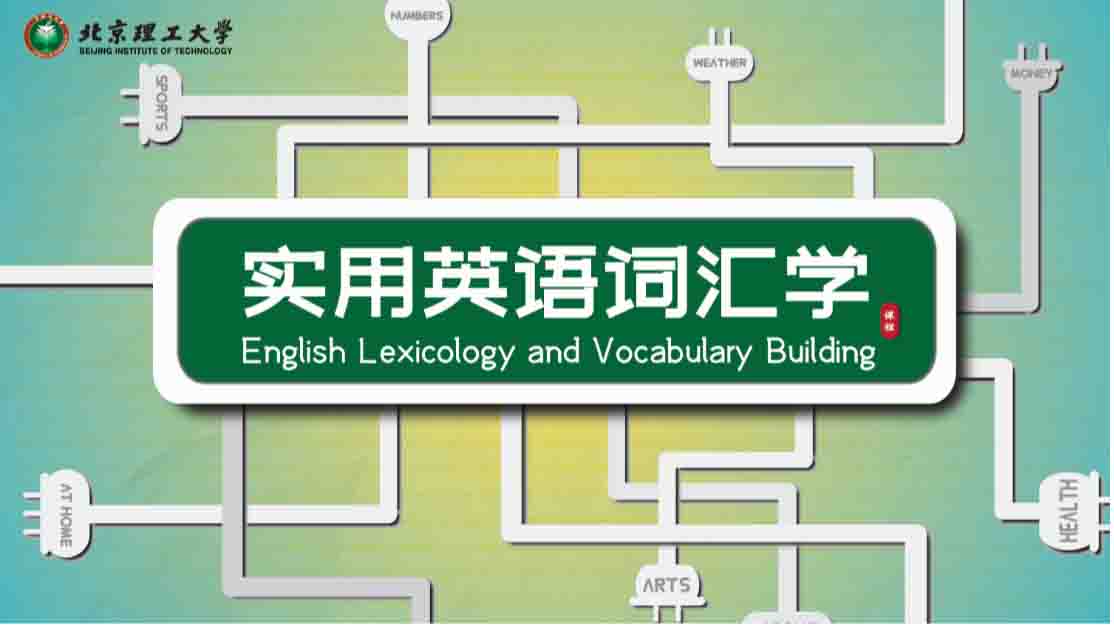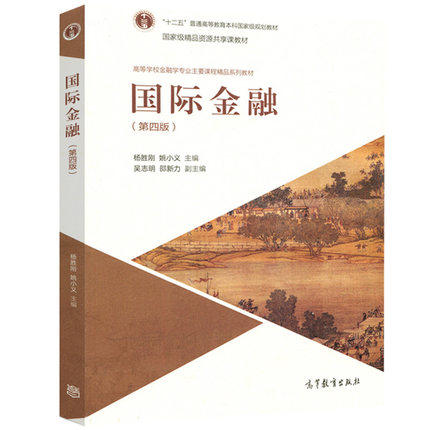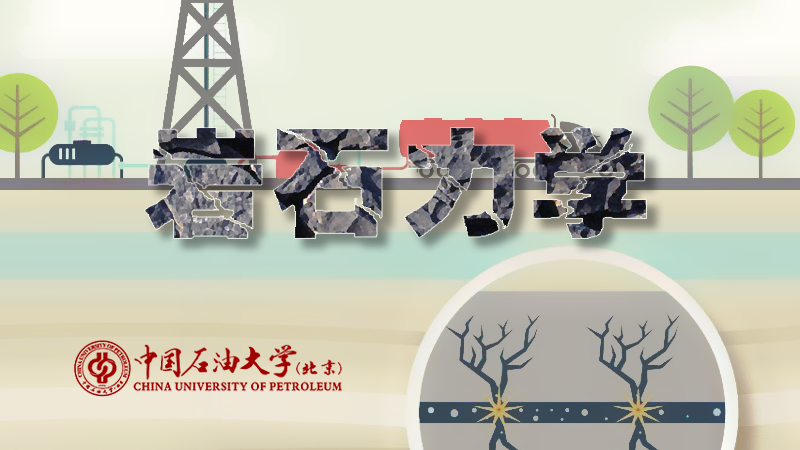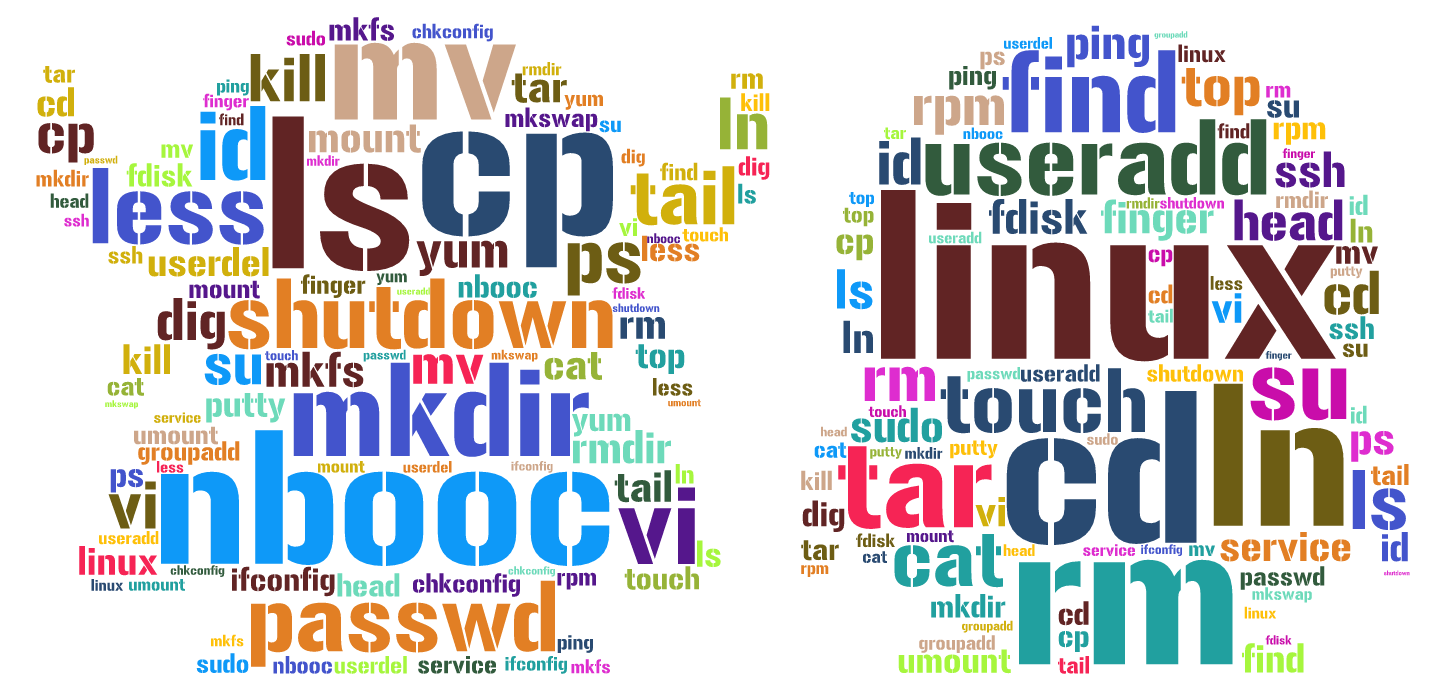
当前课程知识点:环境工程专业英语 > 1. Drinking Water Treatment > 1.1 Introduction of water resource > 1.1 Introduction of water resource
大家好
我是北京师范大学环境学院的李安婕
我是北京师范大学环境学院的李安婕
在该课程的第一部分
让我们用英文回顾一下饮用水
废水
大气污染
固废处理方面的知识
这能够帮助你掌握专业词汇
以及提高阅读英文学术论文的能力
今天我们首先介绍水
水对地球上的生命至关重要
水是由两分子的氢和一分子的氧组成
此外相邻的极性水分子间的引力
形成了较强的晶格结构
H可以通过氢键与O
N F元素结合
氢键的键能大约是共价键的5%-10%
能和水分子形成氢键的分子更易溶于水
让我们来看一下水的物理性质
水的密度是1 kg/L因此水很重
比热容方面水有很好的储热能力
蒸发热方面水没有热回收能力
因此蒸馏是一种昂贵的脱盐方法
水的分子尺寸是纳米级的且不能被压缩
此外水是生物体中的主要成分
其重量几乎占据了我们身体重量的60%
水分子之间的氢键储存着巨大的能量
水分子之间的氢键储存着巨大的能量
而其自身温度则波动不大
水是生物体中重要溶质的常见溶剂
它也能调节细胞的新陈代谢
水能够为水生生物提供必需的生存环境
用水权受到特定的保护
农业和制造业
用水占比最大
灌溉用水仅占比17%
缺水问题也是一项经济议题
水在各用途中都具有经济价值
并且应当被视为一种经济产品
此外某种程度上水的价值反映于开采
此外某种程度上水的价值反映于开采
和用户的使用价格上
仍有争议的是关于
用户是否需要支付这些费用
以确保问责制和财务可持续性
水可以被划分为淡水
灰水和黑水
根据其特性和使用潜力
淡水来源于地下水和地表水
淡水可被用于饮用 做饭和洗澡
灰水来源于洗澡和洗衣过程
灰水可被用于冲马桶 灌溉 清洗地板
和施工在经处理之后
黑水来源于厕所或便池
黑水大多数情况下没有用途
并且需要进行大量处理
为了保护水资源
我们最好发明用于净水的设施
以及减少污水的产生
人们饮用的大部分饮用水
来自于地表水包括河流
湖泊 溪流
水库或地下水
也有其他的饮用水来源但很少被使用
这些措施包括海水淡化
和废水循环利用
这些措施目前还甚少被使用
因为脱盐的成本
和再生水的美观问题
中国水资源的首要问题是水资源短缺
尽管总量很大
但人均用水量约仅2140立方米
这表明了中国水资源方面的挑战
第二个问题是南北方之间的水源差异
除此之外水污染也是一个严峻的问题
水污染意味着
由于某些物质进入水中
改变了水的物理 化学 生物 放射性
改变了水的物理 化学 生物 放射性
这会影响这类水的有效利用
对人类健康造成损害
或破坏生态环境
以及导致水质恶化
水污染物是指
直接或者间接排放到水体中
并可能造成水体污染的物质
有毒污染物会导致生物体生病
行为异常 基因变异
生理功能异常
变形或死亡
在其直接或间接被生物体吸入后
水体可被分为五类
根据利用目的和保护目标
一类水主要适用于水源地
和国家级自然保护区
二类水主要适用于一级保护区内的
集中式饮用水源地
珍稀鱼类保护区
鱼虾产卵场
三类水主要适用于二级保护区内的
集中式饮用水源地
常见鱼类保护区和游泳区
四类水主要适用于
非人类直接接触的工业和娱乐水域
五类水
主要适用于农业用水和景观用水
水中的污染物在自然和工程中的存在时间
和迁移是水质科学的一个基本问题
污染物可能产生于自然环境
人类活动以及水处理过程
例如处理中的化学物残留或副产物
我们来看一下自然水体中的主要污染物
有机污染物可概括为天然有机物
以及合成有机物和微生物两大类
无机污染物包括氧化物微粒和水合离子
这些污染物可以是溶质 胶体
大分子或颗粒
例如氨基酸 蛋白质
病毒 细菌
粘土 金属硫化物 磷酸盐等等
饮用水中典型的污染物是
耗氧量 氨氮
微量有机物
病原体微生物 藻类 嗅味 味道等
如果我们想要确保饮用水的安全
应该仔细考虑以下的技术系统
水源 水处理厂
管网及水质安全评价
关于饮用水安全问题
let’s review the requirement of drinking water.
让我们来回顾一下对饮用水的要求
饮用水的感官 理化和生物学特性
饮用水的感官 理化和生物学特性
应满足人体生物学的需要
无色无味尝起来味道好
并且某些盐类是必需的
现在我们来看看主要的饮用水水质要求
通常饮用水的浊度应低于
0.3 NTU的微粒限值
总大肠菌群的阳性率应低于5%
病毒的微生物去除率应达到99.99%
不同种类的氯应保持一定的浓度
以满足消毒剂的要求
同时消毒副产物的浓度
也应低于上述两表中所示的浓度
下节课见
-1.1 Introduction of water resource
--1.1 Introduction of water resource
-1.2 Conventional drinking water treatment
--1.2 Conventional drinking water treatment
-Task 1
-2.1 Introduction of wastewater
--2.1 Introduction of wastewater
-2.2 Introduction of wastewater treatment
--2.2 Introduction of wastewater treatment
-2.3 Physical unit process
-2.4 Chemical unit process
-2.5 Fundamentals of biological unit processes
--2.5 Fundamentals of biological unit processes
-2.6 Suspended growth biological treatment processes
--2.6 Suspended growth biological treatment processes
-2.7 Attached growth biological treatment processes
--2.7 Attached growth biological treatment processes
-2.8 Anaerobic biological treatment processes
--2.8 Anaerobic biological treatment processes
-2.9 Nutrient Removal processes
--2.9 Nutrient Removal processes
-Task 2
-3.1 Smog
--3.1 Smog
-3.2 Visibility and haze
-3.3 Particle size
-3.4 Climate change
-Task 3
-4.1 What is solid waste
-4.2 Issues in solid waste
-4.3Management of solid waste
--4.3 Management of solid waste
-4.4 Source control of solid waste
--4.4 Source control of solid waste
-4.5 Collection and transportation of solid waste
--4.5 Collection and transportation of solid waste
-4.6 Waste treatment technology
--4.6 Waste treatment technology
-4.7 Destination of solid waste treatment
--4.7 Destination of solid waste treatment
-Task 4
-5.1 A brief introduction of research
--5.1 A brief introduction of research
-5.2 How to read scientific papers and management of references
--5.2 How to read scientific papers and management of references
-5.3 Research proposal (1)
-5.4 Research proposal (2)
-Task 5
-6.1 What makes a great paper
--6.1 What makes a great paper
-6.2 Writing style of journal paper
--6.2 Writing style of journal paper
-6.3 Research article structure
--6.3 Research article structure
-6.4 Figures and tables
-6.5 Methodology(1)
-6.6 Methodology(2)
-6.7 Result
-6.8 Introduction(1)
-6.9 Introduction(2)
-6.10 Discussion and conclusion
--6.10 Discussion and conclusion
-6.11 Title
-6.12 Attribution
-6.13 Abstract and acknowledgement
--6.13 Abstract and acknowledgement
-6.14 Submission of academic paper(1)
--6.14 Submission of academic paper(1)
-6.15 Submission of academic paper(2)
--6.15 Submission of academic paper(2)
-6.16 Publication of academic paper
--6.16 Publication of academic paper
-Task 6
-7.1 E-mail expression
-7.2 The structure of presentation
--7.2 The structure of presentation
-7.3 The delivery of presentation
--7.3 The delivery of presentation
-7.4 Question and answer session
--7.4 Question and answer session
-7.5 Chairing a conference



